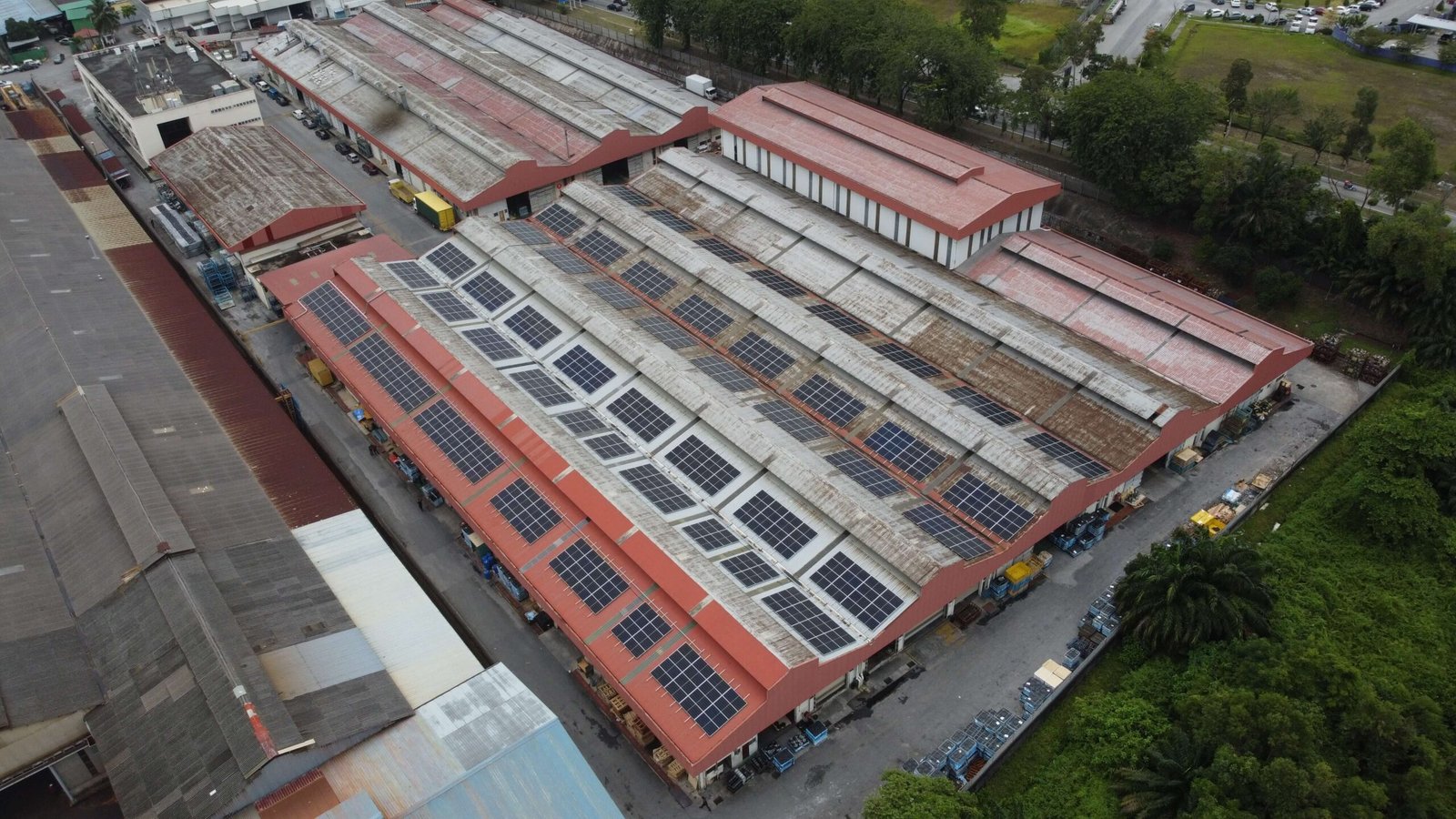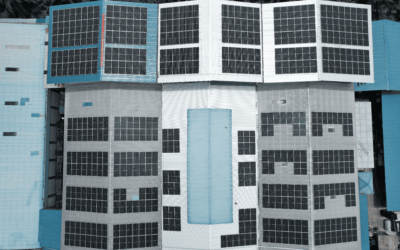Introduction: The Malaysian Electricity Squeeze: Can Solar Power Be the Answer?
The Malaysian industrial sector is a powerhouse, driving economic growth and innovation. But with that power comes a growing challenge: rising electricity costs. Soaring energy bills threaten to erode profits and stifle future development.
Many businesses are looking for solutions, and solar power has emerged as a promising option. The Malaysian sun shines brightly, offering an abundant source of clean, renewable energy. But a crucial question remains: Can solar panels truly translate to significant cost savings for your industrial facility?
The answer, like sunshine itself, is not always straightforward. It depends on several factors, but the potential for savings is undeniable. Let’s look into the world of solar power and discover just how much it can slash your Malaysian factory’s electricity bill.
Factors Affecting Cost Savings:
- Energy Consumption: A factory’s current electricity usage is like the fuel gauge in your car. The higher your energy consumption (measured in kilowatt-hours or kWh), the more potential savings you have with solar. Think of it this way: a larger solar system can offset a larger electricity bill.
- Solar Panel System Size: The size and efficiency of your solar system directly impact your cost reduction. A larger system with high-efficiency panels will generate more electricity, leading to greater savings. However, it’s important to find the optimal balance between system size and your specific needs to avoid overspending.
- Sunlight Exposure: Not surprisingly, the amount of sunshine your factory roof receives plays a crucial role. Locations with more sunshine hours will naturally generate more solar power, translating to higher potential savings.
Electricity Tariff Structure: In Malaysia, electricity tariffs can vary depending on your factory’s size and consumption patterns. Understanding your specific tariff structure is important as it affects how much you pay per kWh of electricity. Solar power helps offset these costs, with the greatest savings typically seen in factories with higher electricity rates.
Estimating Potential Savings:
- Understanding Kilowatt-hours (kWh): kWh is the unit of measurement for electricity consumption and generation. Think of it like litres for gasoline. The more kWh your factory uses, the higher your electricity bill. Conversely, the more kWh your solar system generates, the less electricity you need to buy from the grid, leading to savings.
- A Simplified Formula (Disclaimer: This is a basic example): While a precise calculation requires a solar feasibility study, a simplified formula can give you a rough idea of potential savings. Here’s a basic example: kWh generated by your solar system x current electricity rate = estimated cost savings per month. Remember, this is a simplified approach, and a professional solar provider can provide a more accurate assessment.
Real-World Examples:
Let’s look at some real-world scenarios (remember, these are estimates and will vary based on specific factors):
- A medium-sized factory in Penang with average electricity consumption might see a 20-30% reduction in electricity costs after installing a solar system.
- A large factory in Johor with high energy demands could potentially achieve even greater savings, exceeding 40% reduction in electricity bills with a properly sized solar system.
Beyond Cost Savings: Additional Benefits of Solar for Malaysian Industries:
- Reduced Reliance on Grid: Solar power generation makes your factory less dependent on the national grid, potentially shielding you from future electricity price fluctuations. This provides greater control and predictability over your energy costs.
- Government Incentives: The Malaysian government offers various incentives like tax breaks and net metering programs to encourage solar adoption. These incentives can further enhance the financial attractiveness of solar power for industries.
- Enhanced Brand Image: Embracing solar power demonstrates your commitment to sustainability. This resonates with today’s eco-conscious consumers and can improve your company’s reputation as an environmentally responsible leader.
Conclusion: Illuminating Your Path to Cost Savings with Solar
While the exact amount of savings solar power can bring to your Malaysian factory depends on several factors, the potential for significant cost reduction is undeniable.
Understanding these key factors – energy consumption, solar system size, sunlight exposure, and electricity tariffs – empowers you to make informed decisions about solar adoption. The simplified formula presented provides a starting point, but a more precise picture requires a customized solar feasibility study.
Don’t leave cost savings to chance. Partner with a reputable solar solution provider in Malaysia to conduct a comprehensive feasibility study specifically tailored to your factory’s energy needs and roof space.
This in-depth analysis will provide a clear projection of your potential electricity bill reduction, payback period, and overall return on investment. With this valuable information, you can confidently determine if solar is the right choice to brighten your bottom line and secure a more sustainable future for your business.
Take the first step towards significant electricity cost savings and a cleaner future. Explore the potential of solar power for your Malaysian factory today with Sunsolar Energy Holdings Berhad.




0 Comments